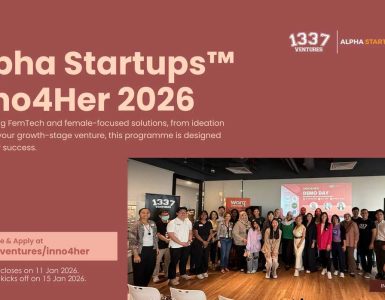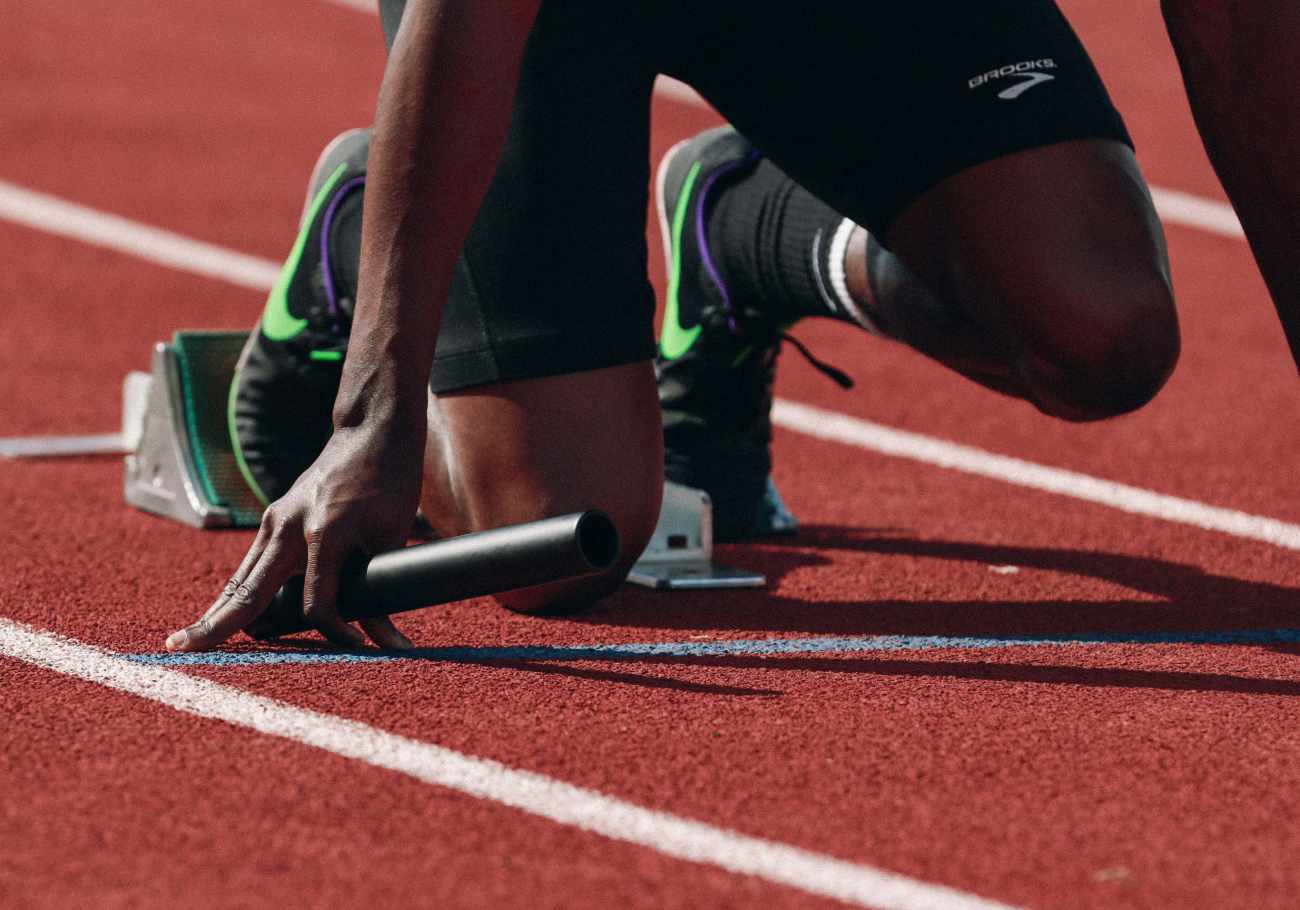
Sports injuries are an inevitable part of an athlete’s journey, from weekend enthusiasts to professional players.
Whether it’s a minor sprain or a more serious condition requiring surgery, injuries can disrupt performance and long-term health.
With the right treatment and rehabilitation, athletes can return to their peak performance.
“Prompt diagnosis and intervention make all the difference in recovery times and outcomes for athletes,” says Dr Mazzre Mahmod, Consultant Orthopaedic, Sports & Trauma Surgeon at Bukit Tinggi Medical Centre (BTMC).
Understanding the type of injury is key to planning a successful recovery.
Common sports injuries requiring surgery

Athletes often suffer from two types of sports injuries: bone fractures and soft tissue injuries. Both can require surgical intervention based on the severity.
“Bone fractures, especially in high-impact sports like football and basketball, must be treated quickly to avoid long-term complications like improper healing,” explains Dr Mazzre.
Stress fractures, caused by repetitive movements, are another common issue athletes face.
Soft tissue injuries, including ligament, tendon, and cartilage damage, make up a large portion of sports-related injuries.

“ACL and MCL injuries are common in sports like football and badminton. These injuries affect knee stability and often require surgery to restore normal function,” says Dr Mazzre.
Meniscal tears, often caused by activities like running, can also be treated using minimally invasive arthroscopic surgery, speeding up recovery.
Without timely treatment, athletes face longer rehabilitation and an increased risk of re-injury. “Delaying treatment only makes recovery harder,” Dr Mazzre warns.
The importance of diagnosis and prevention

Accurate diagnosis is essential to treating sports injuries effectively.
Magnetic Resonance Imaging (MRI) plays a crucial role in diagnosing ligament, cartilage, and tendon injuries, allowing surgeons to plan the most effective treatment.
“MRI helps us see soft tissues in great detail, but it’s not enough on its own.
We need to consider the patient’s symptoms and physical examination to ensure the surgery is necessary,” Dr Mazzre adds.
Prevention remains one of the best strategies to avoid injuries. Understanding how they happen can reduce risk.
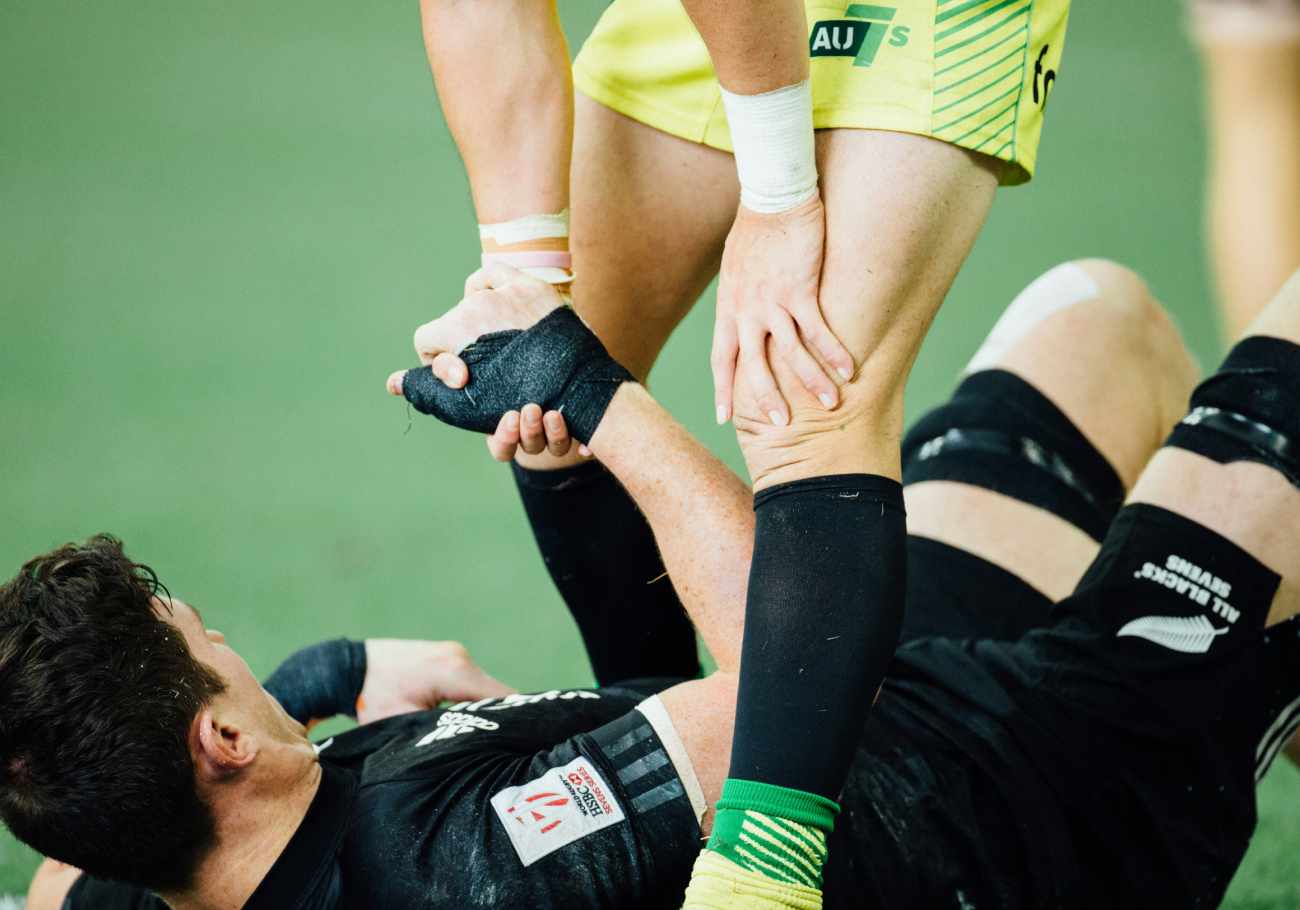
“Injuries can result from direct contact or from non-contact movements like twisting during an awkward landing.
Knowing this helps us tailor both surgical approaches and rehabilitation plans,” says Dr Mazzre.
Athletes who have suffered injuries before, particularly older athletes, face a higher risk of re-injury.
“As tissues age, they lose elasticity and heal more slowly, making recovery harder,” Dr Mazzre explains.
For athletes with recurring injuries, surgery often needs to address not just the immediate problem but also any underlying damage.
Recovering and staying injury-free
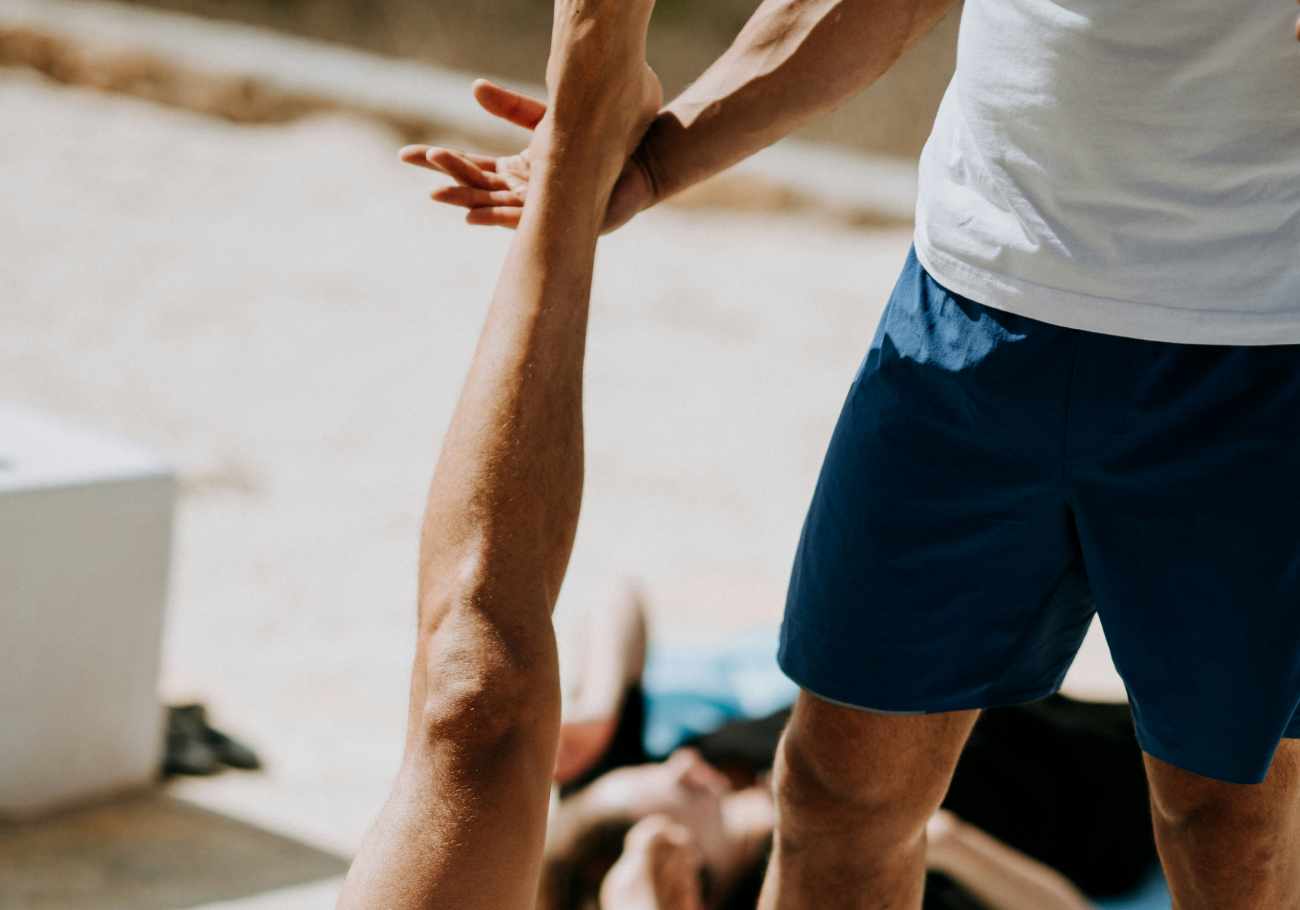
After surgery, rehabilitation is vital. “Surgery is only half the battle. A comprehensive rehabilitation plan is crucial for regaining strength, flexibility, and mobility,” Dr Mazzre advises.
Physiotherapy is an essential part of recovery, helping athletes return to their sport safely.
Balanced nutrition also supports the healing process.
“A diet rich in proteins, vitamins, and minerals is essential for tissue repair,” Dr Mazzre suggests.
Athletes should follow structured return-to-sport protocols to ensure they don’t return to activity too soon and risk further injury.
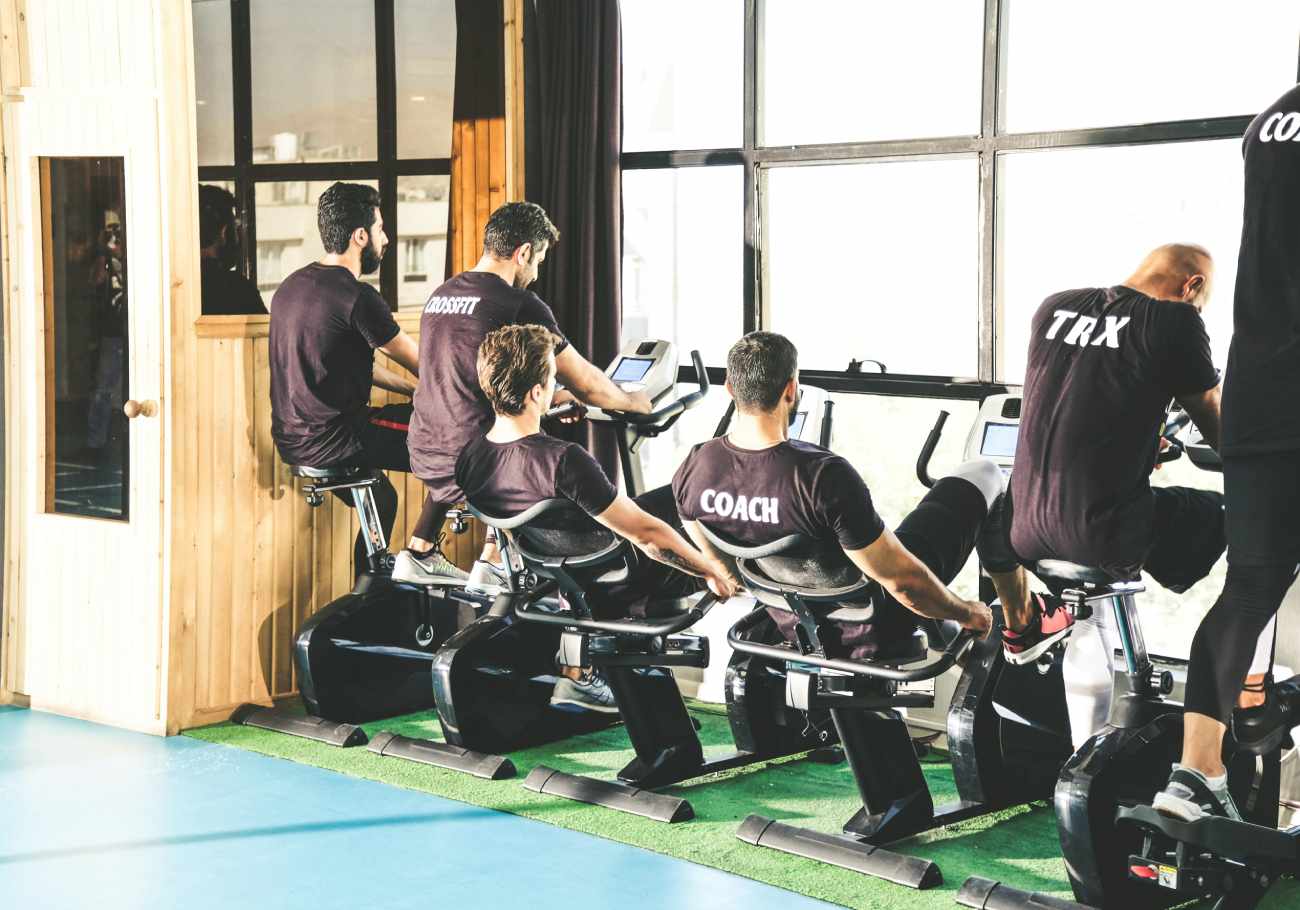
Failing to fully recover from sports injuries can lead to long-term consequences like early-onset osteoarthritis or permanent joint instability.
“It’s vital to treat injuries correctly and focus on preventing future injuries through proper conditioning,” Dr Mazzre emphasises.
In the end, orthopaedic surgery and rehabilitation are essential tools for helping athletes return to peak performance.
“Prevention is always better than cure, but when injuries do happen, early diagnosis and treatment are key to a successful recovery,” concludes Dr Mazzre.
Athletes should maintain a healthy lifestyle, focus on injury prevention, and commit to their recovery plans to ensure long-term success on the field or court.



